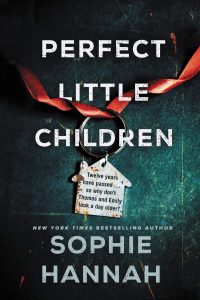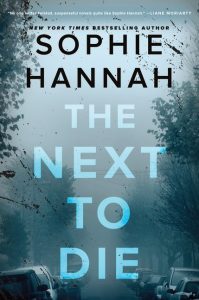Sophie Hannah: The Killings at Kingfisher Hill
 Golden age detectives are the perfect characters to provide a continuation of a series. Nero Wolfe, Miss Marple, Hercule Poirot – all have such well established character traits, and yet do not especially develop or change – that they can be taken by another writer and made fresh. Sophie Hannah is obviously familiar with Poirot and obviously loves him, as every reader does, despite his quirks.
Golden age detectives are the perfect characters to provide a continuation of a series. Nero Wolfe, Miss Marple, Hercule Poirot – all have such well established character traits, and yet do not especially develop or change – that they can be taken by another writer and made fresh. Sophie Hannah is obviously familiar with Poirot and obviously loves him, as every reader does, despite his quirks.
Hannah also manages the feat of showing, not telling, Poirot’s cleverness and intelligence as he unravels a tricky case. Like the great queen of crime herself, Hannah’s unraveling is only tricky from a certain angle, from another (Poirot’s) it’s more straightforward. The telling is all in the angles. This is a feat of sheer storytelling power.

